Training a dog can sometimes feel like trying to teach a fish to ride a bicycle. But what if I told you that there are some stealthy techniques, used by military and police K9s, that could transform your dog’s behavior? These methods are not about turning your dog into a secret agent but about harnessing discipline, focus, and obedience that can make your furry friend more manageable and well-behaved. Let’s dive into these 12 stealth training techniques that could just make your dog the most obedient pup on the block.
1. The Power of Positive Reinforcement
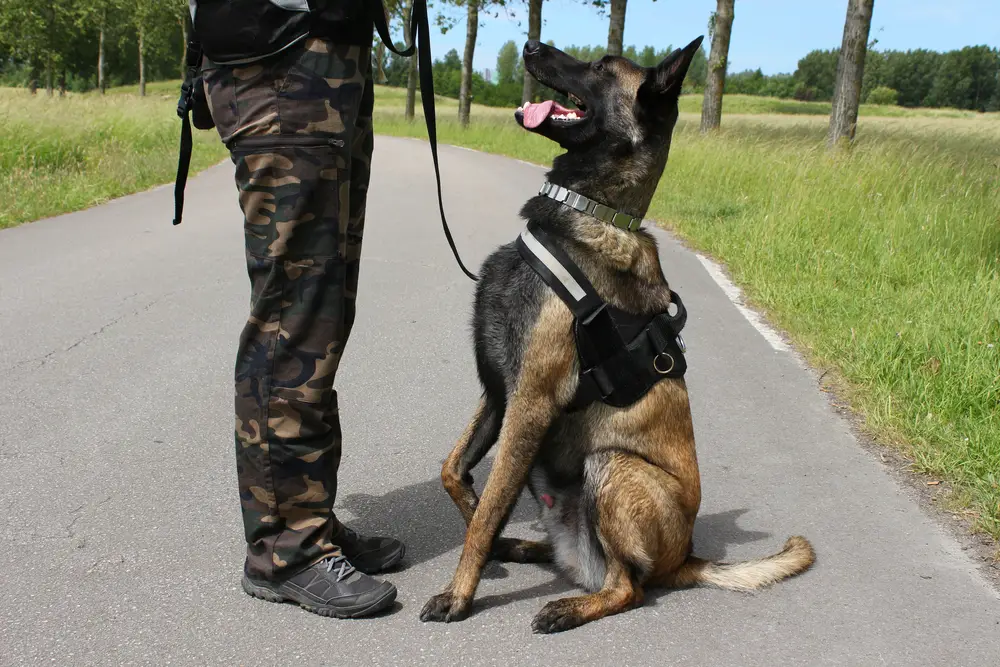
One of the core techniques used in training police and military K9s is positive reinforcement. This method involves rewarding your dog for good behavior, reinforcing the idea that good behavior leads to good things. According to the American Kennel Club, positive reinforcement is a powerful tool that can lead to long-lasting change in a dog’s behavior. Rewards can be in the form of treats, praise, or playtime. The key is to ensure the reward is given immediately after the desired behavior, so the dog associates the two. Consistency with rewards is crucial to success, as inconsistent rewards can confuse your dog.
The beauty of positive reinforcement is that it fosters a bond of trust and respect between you and your dog. This approach encourages dogs to think and make decisions, leading to a more engaged and mentally stimulated pet. Over time, your dog will begin to understand what behaviors are expected and will be more inclined to repeat these actions. Remember, patience is vital; some dogs may take longer to respond to this form of training than others. However, the results are often worth the wait.
2. Socialization for Better Behavior
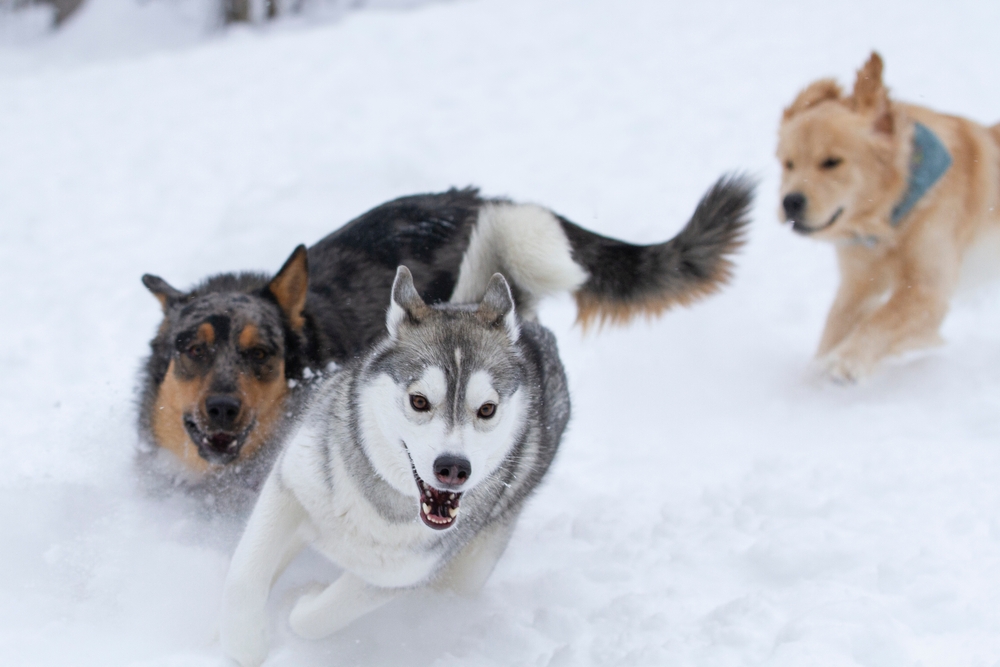
Socialization is another stealth technique that can enhance your dog’s obedience. Introducing your dog to various environments, people, and other animals can significantly impact their behavior and help prevent anxiety or aggression. When a dog is comfortable in different settings, they’re less likely to experience stress and more likely to listen to commands. Socialization should start at a young age, but it’s never too late to introduce your dog to new experiences. By exposing them to diverse situations, you’re essentially teaching them how to adapt and respond calmly.
Regular socialization can also reduce the risk of fear-based responses, which often lead to disobedience. Dogs that are well-socialized tend to be more confident and less reactive, making them more obedient. This technique helps them learn how to behave appropriately in different contexts and around different people and animals. A well-socialized dog is not only easier to train but also more enjoyable to be around. So, take your pup out and let them explore the world under your guidance; it will pay off in obedience dividends.
3. Consistency is Key
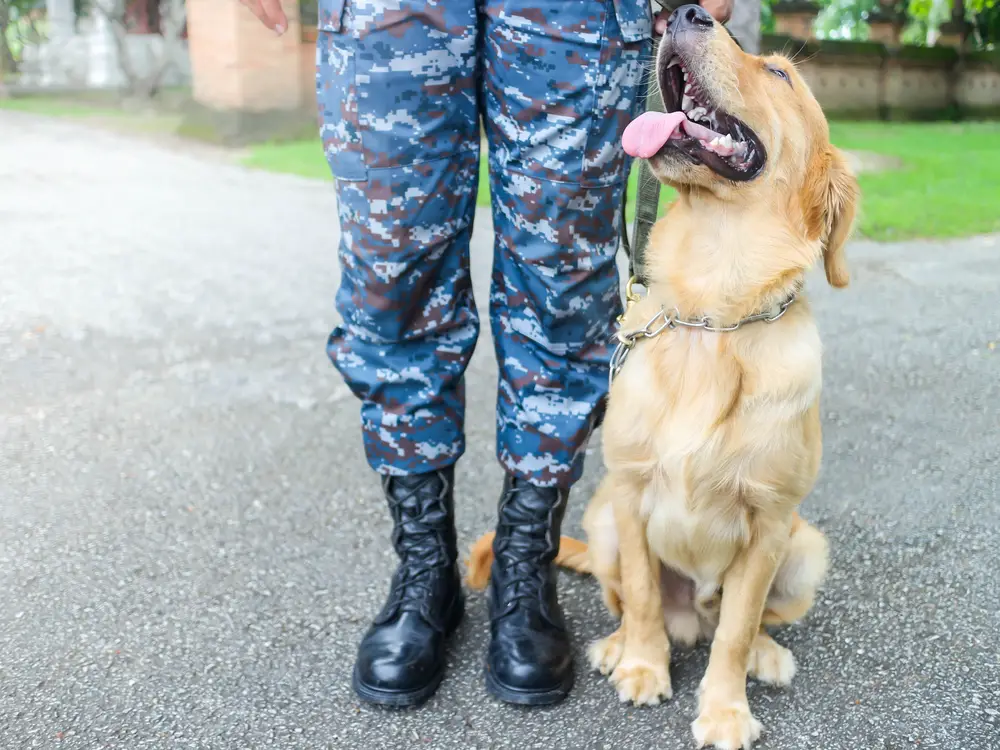
Consistency might not seem like a stealthy technique, but it’s one of the most critical aspects of training used by professionals. Dogs thrive on routine and clear expectations, so maintaining consistency in your commands and reactions is crucial. When you give a command, ensure it’s delivered in the same tone and wording every time to avoid confusing your dog. According to PetMD, consistent training helps reinforce the dog’s learning process and speeds up behavioral improvements. This technique requires commitment from the owner, but the payoff is a dog that understands and respects boundaries.
Another aspect of consistency is ensuring that everyone involved in the dog’s life follows the same rules and training methods. If one family member allows a behavior that another discourages, it sends mixed signals to the dog, which can hinder obedience training. By being consistent, you’re setting a standard for behavior that your dog can understand and follow. Over time, this approach will lead to a more obedient dog who knows exactly what’s expected of them. Consistency should also extend to scheduling; regular feeding times, walks, and playtimes can create a structured environment that promotes obedience.
4. Mastering the Art of Distraction Training
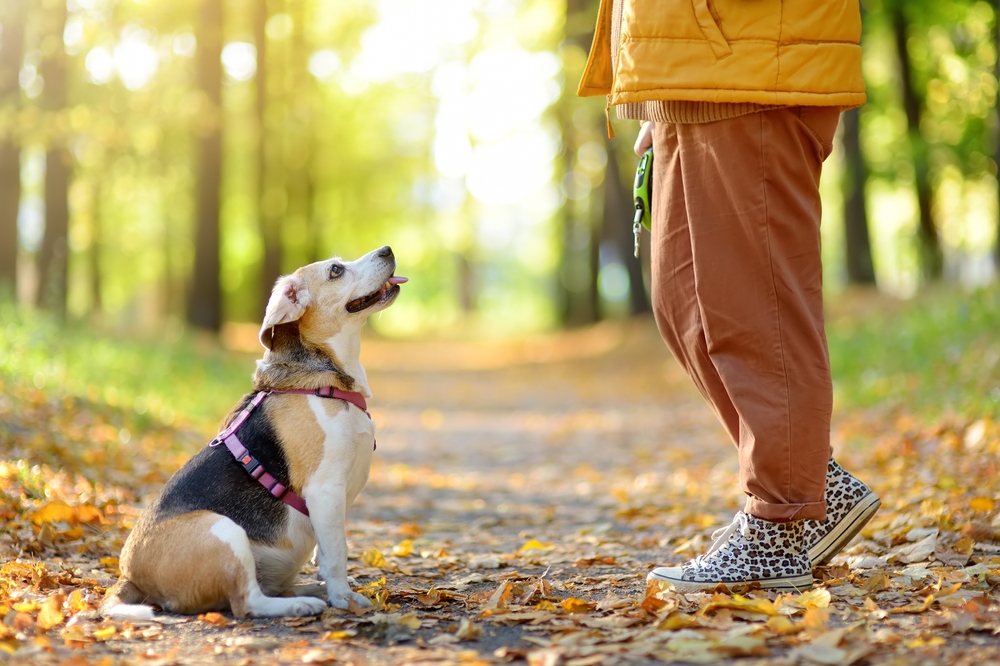
Distraction training is a fundamental technique in the K9 training world, teaching dogs to focus on their tasks despite potential distractions. By gradually introducing distractions during training sessions, you can help your dog learn to concentrate and follow commands under various conditions. Start with minor distractions and slowly increase the difficulty as your dog improves. This method is crucial in real-world scenarios where unexpected events can divert the dog’s attention. The goal is to have your dog remain attentive to your commands, even when their environment is bustling with stimuli.
Teaching your dog to ignore distractions takes patience and practice, but it’s a skill that enhances obedience significantly. Every time your dog successfully ignores a distraction, reward them to reinforce the behavior positively. This technique is not just about obedience but also about safety, ensuring your dog responds promptly even in high-stress situations. Over time, your dog will learn that your commands take precedence over any distractions they might encounter. This ability to focus will make your dog more disciplined and easier to manage in any scenario.
5. Utilizing Body Language Communication
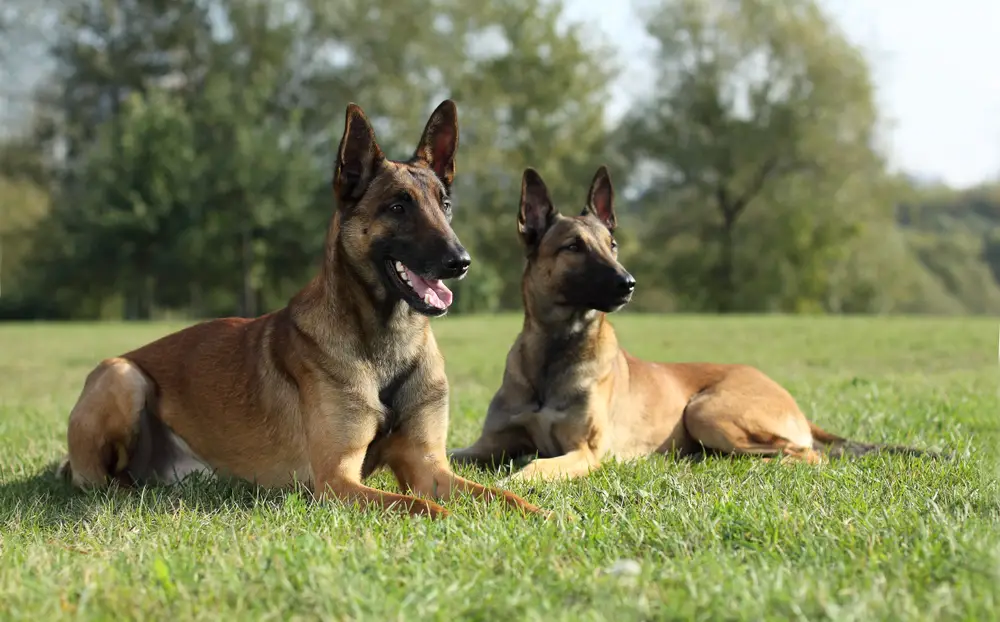
Dogs are excellent at reading body language, which is why utilizing non-verbal communication can be incredibly effective in training. In K9 units, handlers often use specific gestures alongside verbal commands to communicate with their dogs. By incorporating body language into your training routine, you can enhance your dog’s understanding of your expectations. Dogs naturally look to their human companions for cues, and clear, consistent gestures can provide additional guidance. Using body language as a part of your training routine can make communication with your dog more intuitive.
Consistency in your gestures, much like in verbal commands, is essential to avoid confusion. Start by pairing simple gestures with commands your dog already understands. Over time, your dog will begin to recognize these signals on their own. This technique can be particularly useful in situations where verbal commands might not be heard or noticed. It also adds an element of stealth to your training, allowing you to communicate with your dog in situations where silence is necessary. Ultimately, this form of communication can deepen the bond between you and your dog and foster trust and obedience.
6. Muzzle Training for Safety and Control
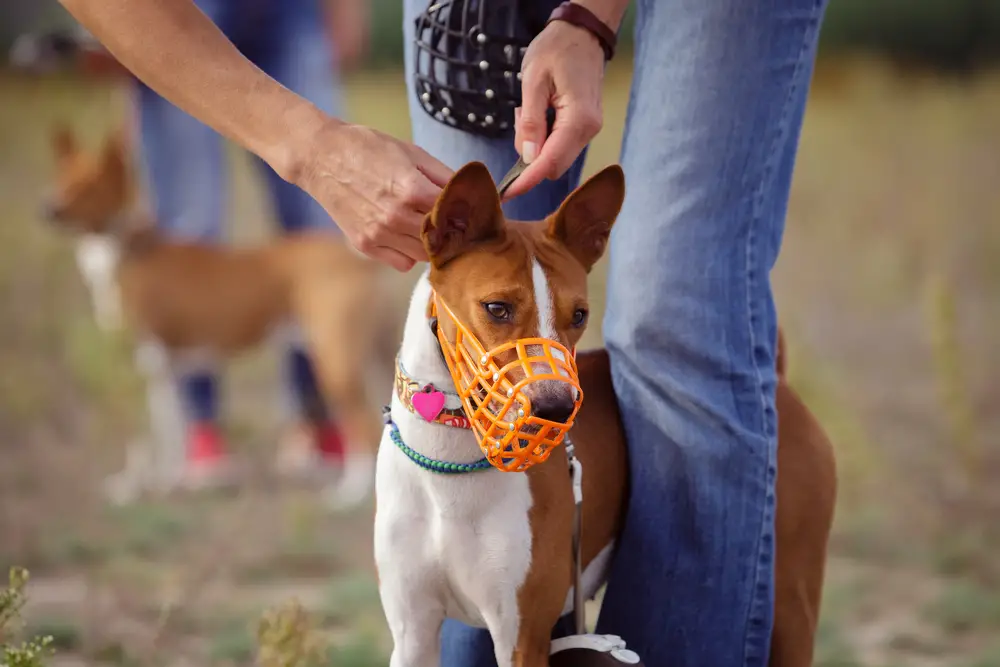
Muzzle training is often overlooked, but it’s an invaluable technique for military and police dogs. While the thought of using a muzzle might seem intimidating, it can actually be a positive tool when introduced correctly. Muzzle training can help your dog become more comfortable with wearing a muzzle in situations where it’s necessary for their safety or the safety of others. This technique involves gradually getting your dog accustomed to the muzzle, using positive reinforcement to create a positive association. Start by allowing your dog to sniff and explore the muzzle, rewarding them for showing interest.
Gradually increase the duration your dog wears the muzzle, always ensuring they’re comfortable and relaxed. The goal is to make wearing a muzzle as stress-free as possible for your dog. A well-muzzle-trained dog is easier to control in situations where they might be anxious or reactive. This technique is not about restraint but about preparing your dog for scenarios where a muzzle is needed. By making the muzzle a positive experience, you’ll ensure your dog remains obedient and calm even when wearing it.
7. Implementing Target Training
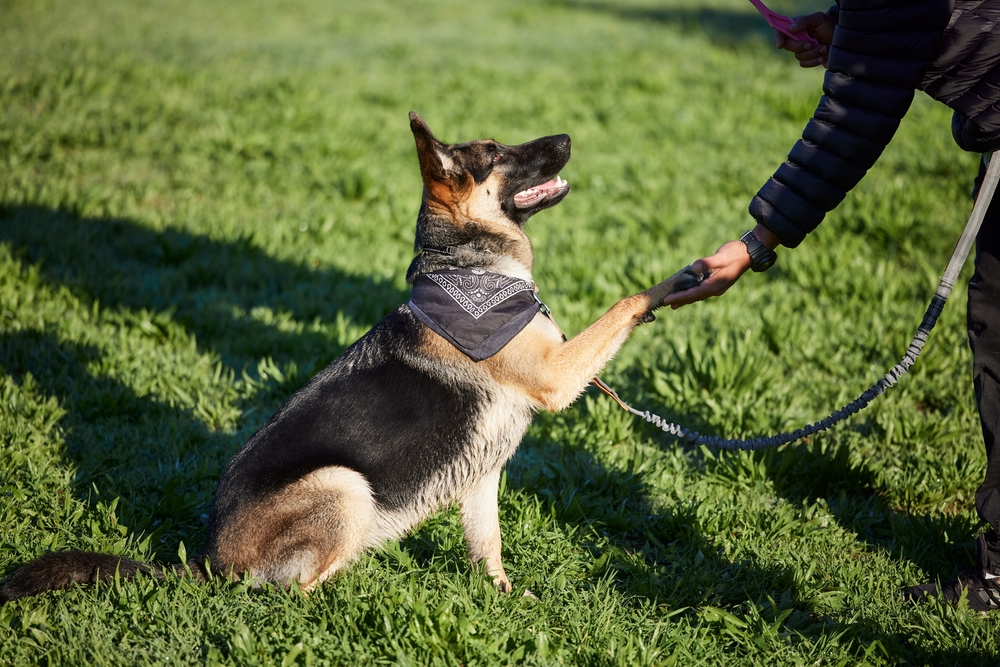
Target training is a technique that involves teaching your dog to touch a specific object, such as a stick or your hand, on command. This method is frequently used in K9 training to direct dogs towards specific locations or objects. Start by choosing a target, like the palm of your hand, and use a clicker or verbal cue to mark the behavior when your dog touches it. This training is not only fun but also a great way to engage your dog mentally. Target training can be expanded to help your dog understand other commands, such as moving to a specific spot.
As your dog becomes proficient with the initial target, you can introduce new targets or increase the distance your dog must travel to reach the target. The aim is to create a fun learning environment that challenges your dog physically and mentally. This method helps improve your dog’s focus and obedience, as they learn to follow directions with precision. Over time, target training can be a foundation for more advanced tricks and commands, enhancing the overall training repertoire for your dog. It’s a versatile technique that can be tailored to suit your dog’s learning pace and interests.
8. The Importance of Impulse Control
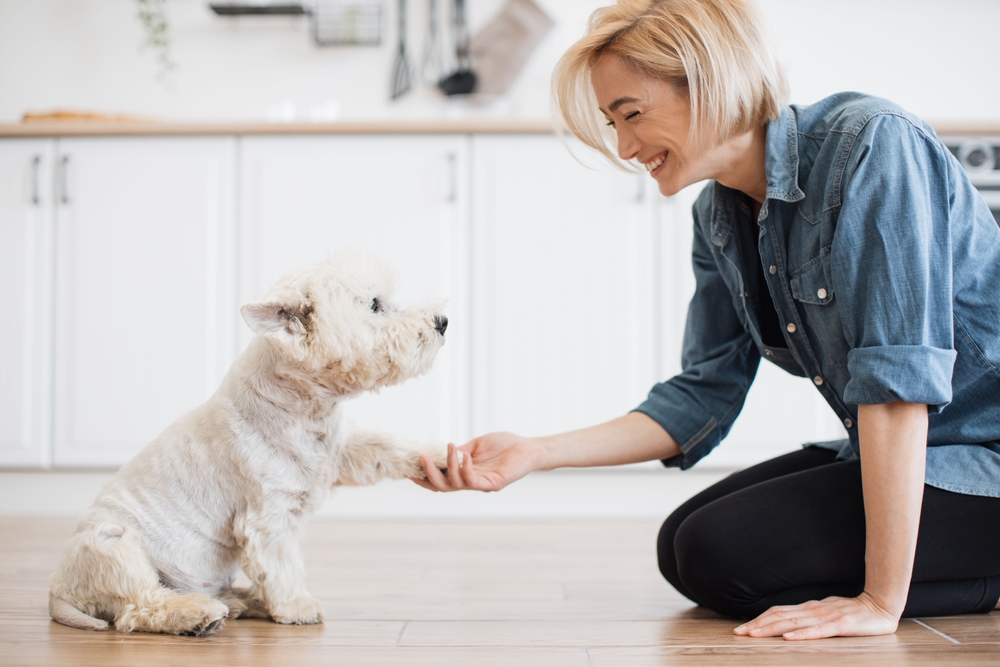
Impulse control is a critical component of K9 training, teaching dogs to resist immediate temptations in favor of following commands. Start by teaching your dog to wait patiently for permission before engaging in an activity they enjoy, like eating or playing fetch. This can be achieved by using commands such as “wait” or “stay,” and rewarding your dog for their patience. Over time, your dog will learn that waiting for your cue leads to positive outcomes. This training builds self-discipline in your dog, making them more obedient in various situations.
Impulse control is particularly important in high-stress environments where quick decisions could lead to unwanted behaviors. By practicing this technique regularly, your dog will become more adept at managing their impulses, even when faced with tempting distractions. It’s a skill that not only improves obedience but also enhances your dog’s overall behavior. Patience and consistency are key when training impulse control, as some dogs may take longer to master this skill. However, the investment is worthwhile, leading to a more composed and well-behaved companion.
9. Building Confidence through Agility Training

Agility training is another stealth technique that can significantly boost your dog’s obedience and confidence. This method involves navigating an obstacle course, which challenges your dog’s physical and mental capabilities. Agility training is not only a fantastic way to exercise your dog but also a means to build trust and communication between you and your pet. Start with simple obstacles and gradually increase the difficulty as your dog becomes more confident. Each success on the agility course boosts your dog’s self-esteem and reinforces their ability to follow your commands.
This type of training also helps dogs learn to respond quickly and accurately to your instructions. As your dog’s skills improve, you’ll notice a positive change in their overall obedience and focus. Agility training provides an outlet for energy, reducing undesirable behavior that often stems from boredom or excess energy. Plus, it’s a fun activity that strengthens the bond between you and your dog. By incorporating agility training into your routine, you’re not only improving obedience but also enhancing your dog’s quality of life through physical activity and mental stimulation.
10. The Role of Scent Work in Obedience

Scent work is a fascinating technique used by military and police K9s to hone their detection skills. This training involves teaching your dog to identify specific scents, which can enhance their focus and obedience. Start by choosing a scent for your dog to learn, using treats or toys as rewards. This method taps into your dog’s natural instincts and provides mental stimulation that can reduce anxiety and improve overall behavior. As your dog becomes more adept at identifying scents, you can increase the complexity of the scent trails or introduce new scents.
Scent work requires concentration and discipline, helping improve your dog’s ability to focus on tasks. It’s a technique that provides an outlet for your dog’s natural abilities while also enhancing obedience. Over time, scent work can become a rewarding hobby that you and your dog enjoy together. It also provides an excellent way to bond with your pet and develop a deeper understanding of their capabilities. Whether used recreationally or for specific training purposes, scent work is a valuable tool in creating a well-behaved and attentive dog.
11. The Art of Passive Training
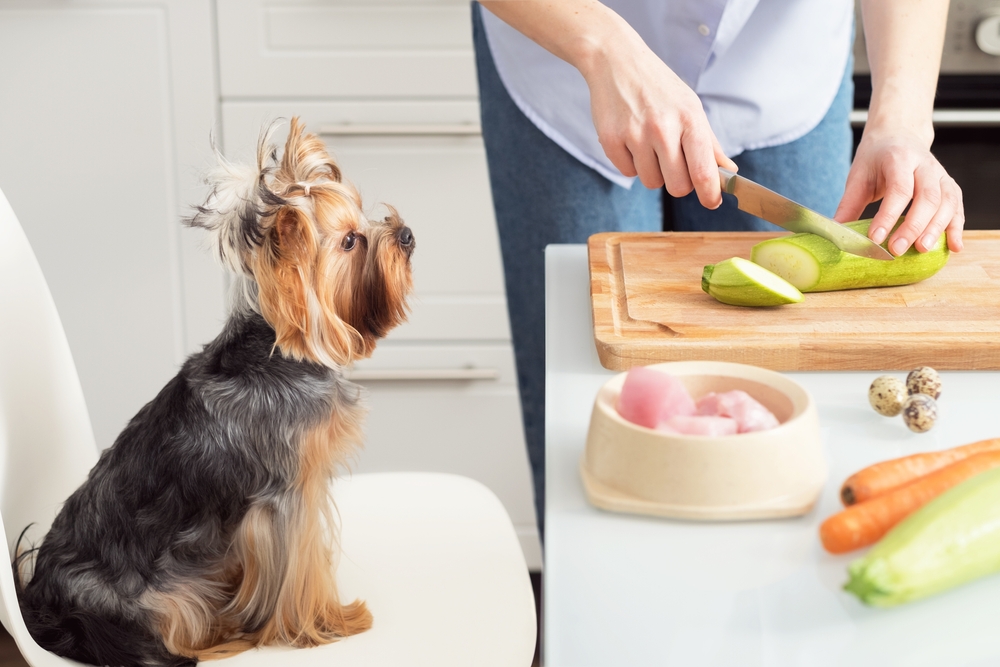
Passive training is an often-overlooked technique that involves taking advantage of everyday situations to reinforce good behavior. This method is all about being aware of your dog’s actions and rewarding positive behavior as it naturally occurs. For instance, if your dog sits quietly while you prepare their meal, reward them with praise or a treat. This type of training doesn’t require dedicated sessions but rather an ongoing awareness of opportunities to reinforce obedience. Over time, your dog will begin to understand that good behavior is always acknowledged and rewarded.
Passive training is particularly effective because it doesn’t require extra time or effort, making it ideal for busy pet owners. It helps instill obedience naturally and gradually, leading to a well-behaved dog without the need for intensive training sessions. This method also encourages dogs to think and behave independently, knowing that positive actions lead to positive outcomes. By consistently recognizing and rewarding good behavior, you create an environment that promotes discipline and respect. In the long run, passive training can lead to a more harmonious relationship with your dog.
12. Incorporating Play into Training
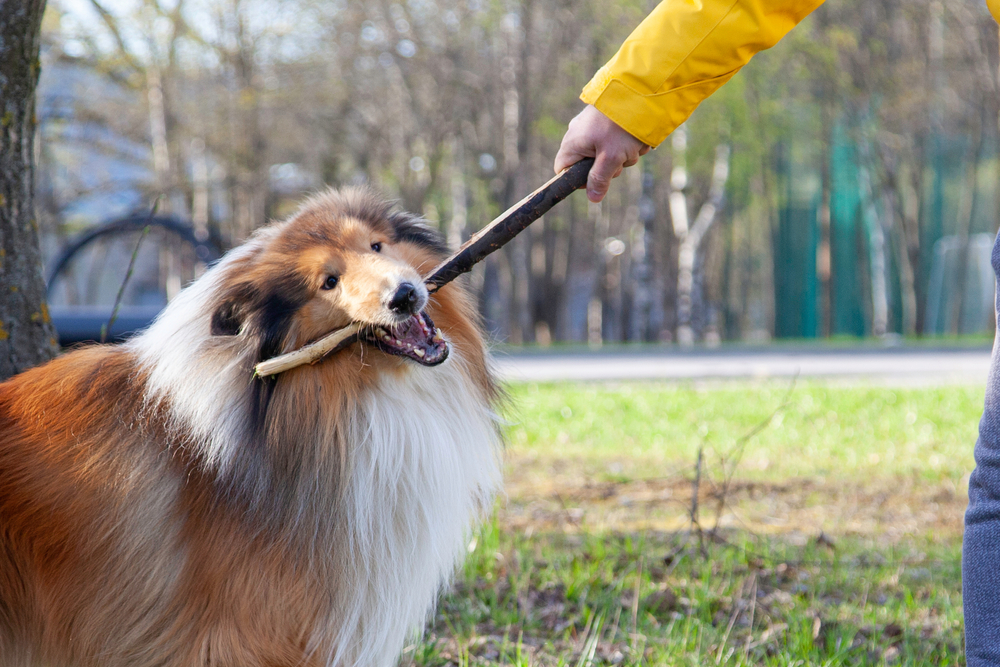
Incorporating play into training sessions is a stealthy way to enhance obedience while keeping your dog engaged and happy. Playful training techniques motivate dogs by making learning fun, which can lead to better retention and enthusiasm for training. Use games like fetch, hide and seek, or tug-of-war to reinforce commands and encourage obedience. For instance, use the “come” command during a game of fetch to teach recall in a fun and exciting context. This approach helps your dog associate training with positive experiences, increasing their willingness to participate.
Play-based training also helps to build a strong bond between you and your dog, as it involves both physical activity and positive interaction. This method can be particularly effective for high-energy dogs that need an outlet for their exuberance. By turning training into play, you create a productive environment where obedience naturally develops alongside fun. These sessions provide a mental and physical workout, enhancing your dog’s overall well-being. Incorporating play into your training routine is a win-win situation, fostering a disciplined yet joyful relationship with your furry friend.
